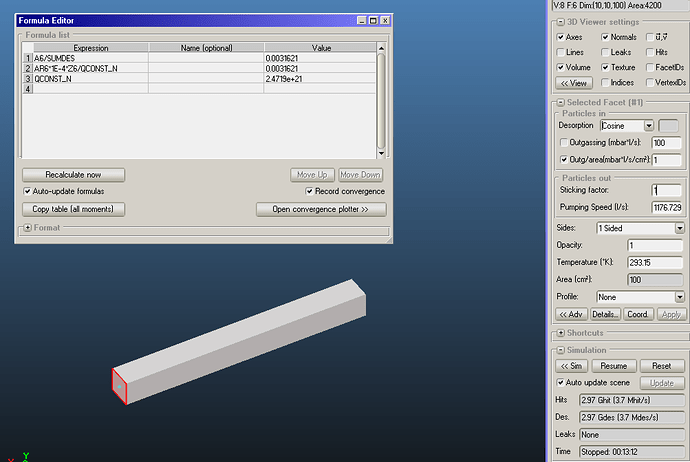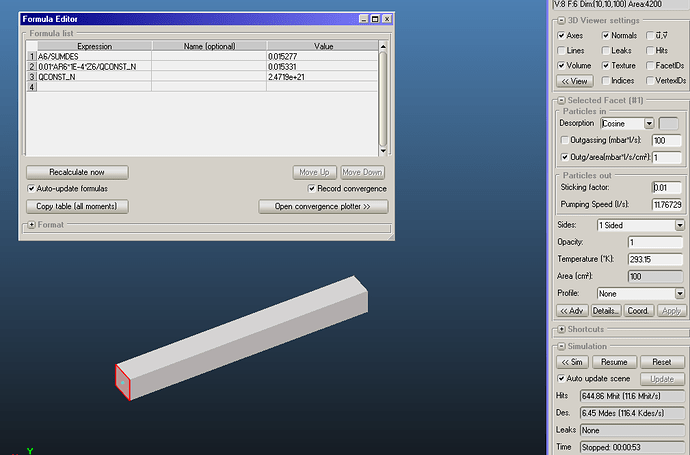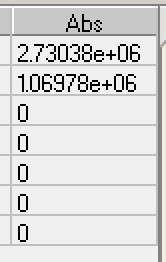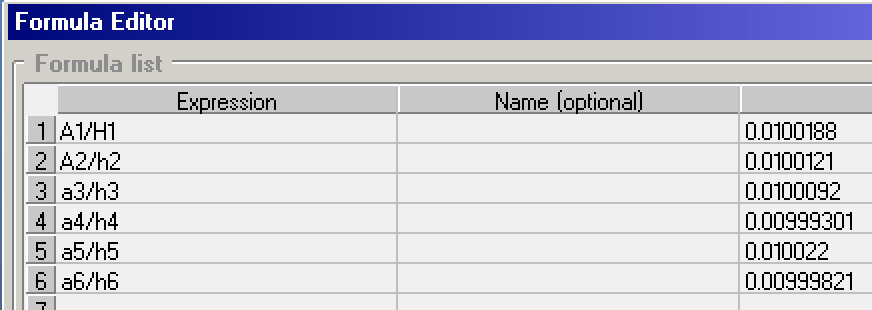I’m I correct that variables: An, Dn, Hn SUMABS, SUMDES and SUMHITS and the green lines you see in the texture plot all represent virtual particles, not the equivalent real particles? While NTOT and QCONST_N represents the real particles scaled up from the virtual ones? I see the ratio NTOT/SUMDES gets smaller as the simulation runs longer.
I was calculating the probability to desorbing from a source and adsorbing onto another so I was using a formula like…A313/SUMDES as apposed to A313/NTOT. However, if I work with the real quantities then the formula 0.97* AR313* 1E-4* Z313/QCONST_Q should give the same answer. The 0.97 is the sticking factor, since the flux Z313 also includes the non-absorbing hits. However, I get an answer that is off by about 0.05%. I would expect it to be exactly the same if the internal calculations going from the virtual particles to the real ones is done correctly. This makes think there is a mistake somewhere in this process.
Cheers,
Alan









